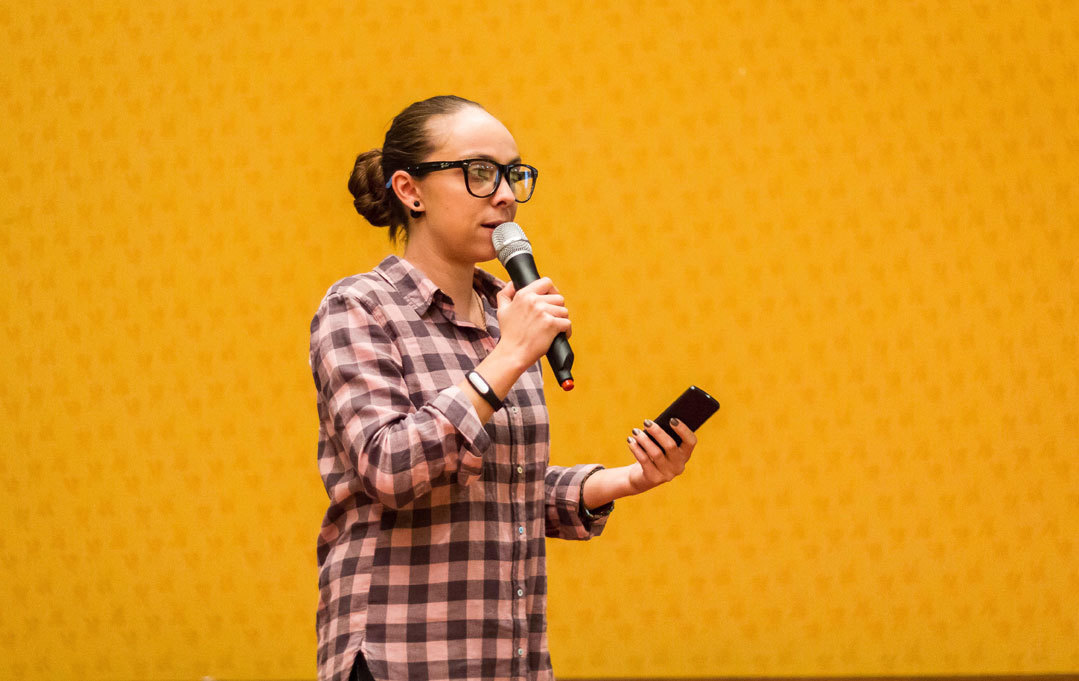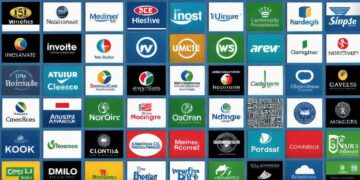
Email-newsletter – the cheapest way to attract clients, says Christine Potocki, Director for marketing of TriggMine. 16 December, she spoke at the conference on Digital Monkey, telling listeners about the trends of email marketing in 2017. Our press service additionally talked to her after the conference and found out some other interesting details about this digital tool.
Kristina Potocki – leading specialist in the field of email marketing. A regular speaker at many digital forums and conferences, radio and TV, publishes its own articles on the Internet. Since 2014 working in a large company TriggMine that provide online service to send trigger mailings.
Interviewer: Digital Monkey (DM)
Speaker: Kristina Potocki (K. P.)
DM: can incorrectly organized the distribution to do harm to business, lowering sales, for example? And Vice versa: what benefits brings effective distribution?
K. P. It is unlikely that anything will worsen just, the entrepreneur will waste your marketing budget. And wasting money does not want any business. As for benefits, I can give you figures about the trigger mailings. With proper use conversion of purchases increased by about 16%.
DM: a Couple of years ago it was believed that email marketing is losing its effectiveness. Now how common are these attitudes? And how long, in your opinion, this trend still hold?
K. P.: In my presentation was the slide showing the increase in the number of electronic boxes. Until the end of 2016 they will be 4 billion. So, while there, to whom to send letters, email marketing will not die. I think in the next ten years it will not happen. Newsletter – it’s cheap and quite effective way of attracting customers. More importantly, at the moment he has no worthy alternatives. While it doesn’t appear, email marketing will live on.
DM: But you will agree: conceptual changes in the design of the emails did not happen. They look the same as always. Something entirely new email marketing has to offer? You’ve talked about using gifs. And in addition to them?
K. P.: There are changes primarily concern not the content of the letter, namely, personalization and, roughly speaking, the conditions of sending. The customer segmentation. In my presentation, I gave examples of how, on the basis of analysis of customer behavior formed the so-called best offer. That is, analyze discounts, which the customer has pressed and not pressed, what products they bought, whether to use the discount. Based on all this, the buyer is a personal offer that best suits his needs and which he is likely to click. And here such a lot of things now. All goes to the analysis of data as narrow as possible personal suggestions.
DM: what’s better for business to create their own service for sending letters or use existing tools from third party companies?
K. P.: I Personally have always believed that it is better to trust those who are in the know. First, to create ourselves – it’s expensive. Secondly – it is difficult. You need to consider all the nuances of one’s own system of mailing, contain it. And when using third-party service, only thing have to worry is paying a minor monthly rate.
DM: Many companies are afraid to use the outside resources for fear that their private data will be stolen then. How justified are these fears?
K. P.: My favorite question! Most email services simply unprofitable to steal someone’s data. Because it affects their reputation. The businesses have thousands of customers. And if leaked information is that they sold someone’s data, they’ll have to close his business. And finding a satisfactory buyer for these data is also difficult.
DM: the mailing list is now used by many companies. Even once visiting the resource, you can get then from it the advertising letter. If it does not repel buyers? After all, the users don’t like it when their mail is inundated with advertising.
K. P.: Yes, strange email from unknown or of little interest shops will irritate buyers. But a very different attitude to personal letters, formed on the basis of the client’s interests. I looked by the level of replies does not exceed 1%. But in most cases it is 0%. This shows that behavioral mailings attitude is much better.
DM: But it so happens that the newsletter comes in the mail regardless of whether to give the user consent. Why?
K. P.: I think half of the companies just don’t notice that they are not working properly function replies. The other half believes that it will only get better, the client will not be able to unsubscribe from the newsletter and therefore will always be aware of their promotional offers. In fact they make it worse, pitting buyers against themselves.
DM: How best to create headings for newsletters?
K. P.: There is a special stop-words that should be avoided. All postal services always warn about them. Also I recently spoke with an expert from London, and she told me that the header must contain the information in the style of “You, your, you’re..”, not “We, our..”. That is, you need to talk about the company, and to focus precisely on the client.
DM: are there any Known algorithms which Google or Yandex detects any message as spam?
K. P.: No, they are unknown to us. We only know that these algorithms are very clever, every second they are trained to trick them harder. And if it ended up in spam, to get out is almost impossible.







